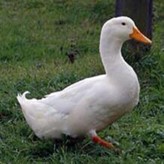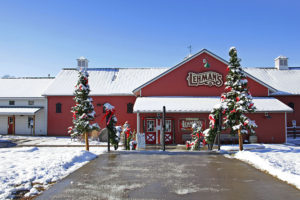
It’s finally spring! Time to put those garden plans you made during the winter into action.
For me, now is the time for my raised garden beds to get a thorough going over. I look to see what repairs will be needed andwhich beds have to be replaced. I also lay out where I want new ones – because I believe, like me, you will find gardening in raised beds is very addictive. One is not enough.
I originally started using raised beds because I had limited room for a garden. As time has passed, my reasons to continue to use them have changed. The children could each have their own garden. My health has made getting up and down more difficult than it used to be. Plus now I can get outside with the grandchildren and garden, each in our own raised bed.
Raised beds use less water! By watering specifically on the plants, water isn’t wasted on the walkway. Raised bed gardening has another plus going for it: in most growing areas, the soil in raised beds warms up faster than traditional gardening methods. This can allow for a longer growing season.

Note: If you’re going to install raised beds that require digging, you should contact your utility companies before you start and be sure you will not be in danger of hitting any buried utilities.
After you choose your area, now you are ready to decide what kind of construction you want to use. We lay out the entire area with landscaping cloth – even the walkways — to help fight the weeds.
For the actual building of the beds there a number of ways to go:
- Use a pre-made garden kit. Lehman’s carries several different designs and pre-cut kits, many that require no digging. You can also find a wonderful variety of gardening books featuring helpful hints from the construction of your raised beds on into the harvest.
- Design your own layout that meets your specific needs. Our raised beds are: 3’ wide x 12’ long x 3’ high. We space them 3 feet apart to help allow room for assistance.

What kind of soil to fill your raised beds with? This is a topic even the most experienced gardeners do not agree on. Here is what we use: after building the raised bed we fill each one with: 1/3 forest leaf compost, 1/3 farm manure and 1/3 organic bagged planting soil. Water the raised beds well and plant. After your plants or seeds are in, gently water the raised beds again.
On our walkways we use chipped wood mulch spread on top of the landscaping cloth approximately 4 inches thick. We add more as needed through out the season. Find dozens of gardening solutions – from way back when and some totally new – at Lehmans.com/garden.






























